The universe is full of awe-inspiring celestial bodies, but the largest stars leave us in absolute wonder. These giants are hundreds or even thousands of times the size of our Sun. Each has unique characteristics that set it apart from the rest. Here, we explore six of the largest stars discovered by astronomers, providing detailed insights into their size, mass, and the year they were discovered.
UY Scuti
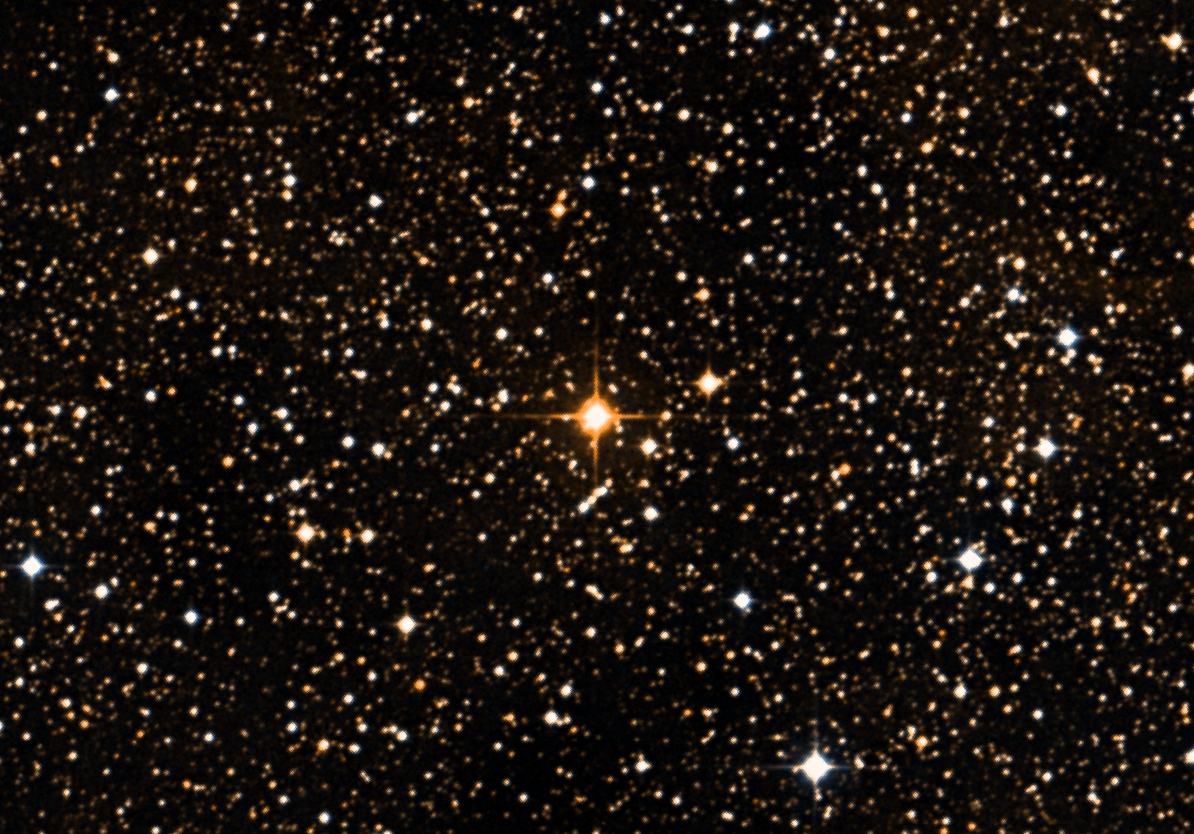
UY Scuti is currently considered the largest known star by radius. It has an estimated radius of 1,700 times that of the Sun. This supergiant resides in the constellation Scutum. It has a mass around 30 times that of the Sun. UY Scuti was first identified in 1860 by German astronomers. Its size is constantly fluctuating due to its variable nature.
VY Canis Majoris

VY Canis Majoris is one of the largest stars ever measured, sitting around 1,500 times the size of the Sun in radius. It’s a red hypergiant located in the constellation Canis Major. The mass of VY Canis Majoris is about 17 solar masses. It was discovered in 1801 and has since intrigued astronomers with its extreme size and instability. The star is nearing the end of its life, expected to go supernova in the future.
Betelgeuse

Betelgeuse is a red supergiant easily visible to the naked eye, sitting in the constellation Orion. Its radius is estimated to be about 764 times that of the Sun. Betelgeuse has a mass roughly 11 to 20 times that of the Sun. The star was first cataloged in 150 A.D. by ancient astronomers, but modern observations have refined our understanding of its size. Betelgeuse is known for its variability in brightness, making it one of the most studied stars.
Mu Cephei

Mu Cephei, also known as “Herschel’s Garnet Star,” is another red supergiant located in the constellation Cepheus. It has a radius about 1,650 times that of the Sun. The star’s mass is about 19 solar masses. It was discovered by Sir William Herschel in the late 18th century. Its deep red color makes it one of the most striking stars in the night sky.
RW Cephei
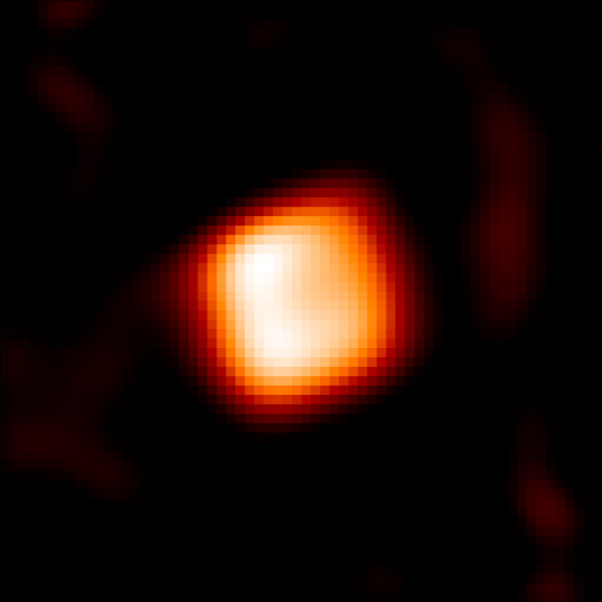
RW Cephei is a yellow hypergiant star located in the Cepheus constellation. This star has a radius approximately 1,535 times that of the Sun. RW Cephei’s mass is estimated to be between 15 and 25 times that of our Sun. It was discovered and observed in the early 20th century. Due to its massive size and unstable nature, it is expected to eventually end in a supernova explosion.
VX Sagittarii
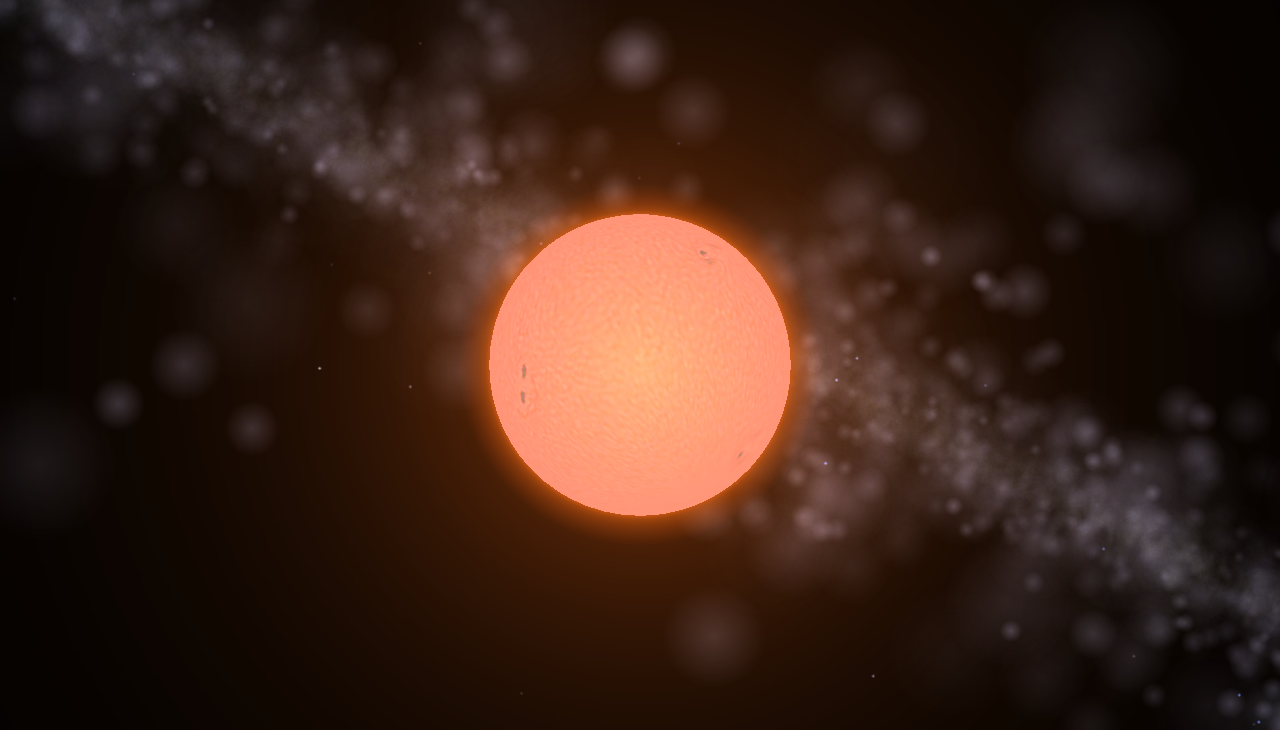
VX Sagittarii is a red supergiant located in the constellation Sagittarius. It has an estimated radius about 1,200 to 1,800 times larger than the Sun. The star’s mass is believed to be roughly 12 to 15 solar masses. It was discovered in the 20th century, and its massive size and irregular brightness variations have made it a subject of astronomical interest. This star is considered unstable and could one day end in a supernova.
Antares

Antares is a red supergiant located in the heart of the constellation Scorpius. Its radius is about 680 times that of the Sun. The star has a mass between 12 and 15 solar masses. It has been known since ancient times, first cataloged by the Greeks around 150 B.C. Antares is also part of a binary system, and its brightness can vary due to its massive size and instability.
KW Sagittarii

KW Sagittarii is another red supergiant located in the Sagittarius constellation. It has a radius about 1,460 times the size of the Sun. This star’s mass is around 10 to 15 times that of the Sun. KW Sagittarii was first observed in the 20th century, and its large size makes it one of the most fascinating stars in its constellation. The star shows significant brightness variations, a common trait for massive red supergiants.
Westerlund 1-26
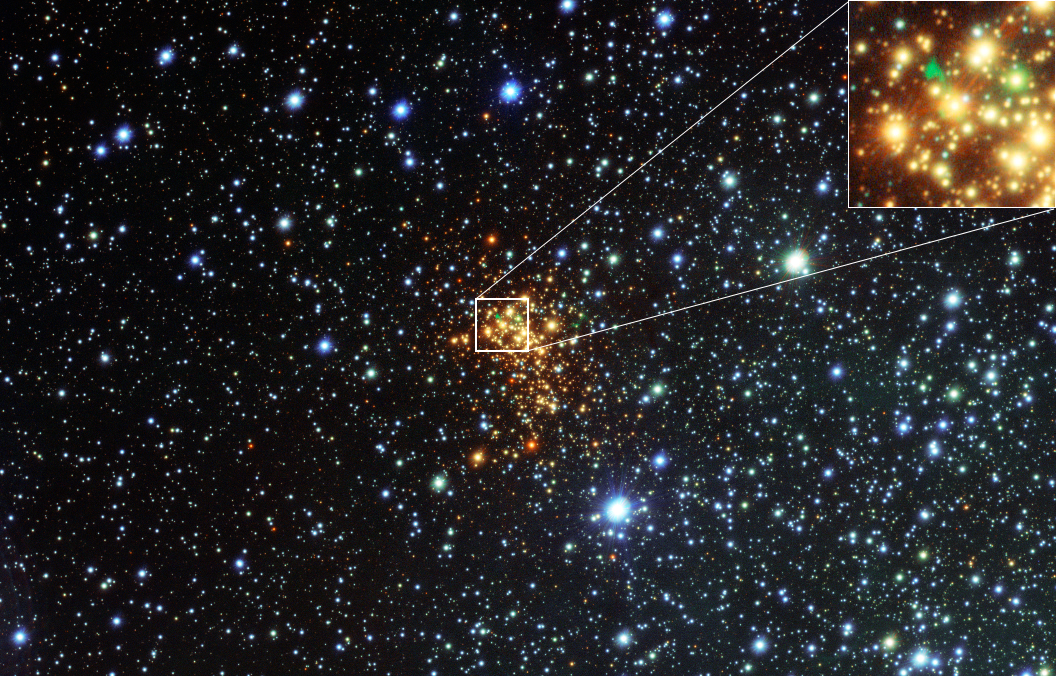
Westerlund 1-26 is one of the largest red supergiants, found within the Westerlund 1 star cluster. Its radius measures between 1,500 and 2,000 times that of the Sun. Westerlund 1-26 has a mass estimated at around 40 solar masses. It was first identified in the 1960s and is located in a dense cluster, which makes direct observations challenging. Despite its size, the star’s extreme distance from Earth complicates further detailed studies.
WOH G64
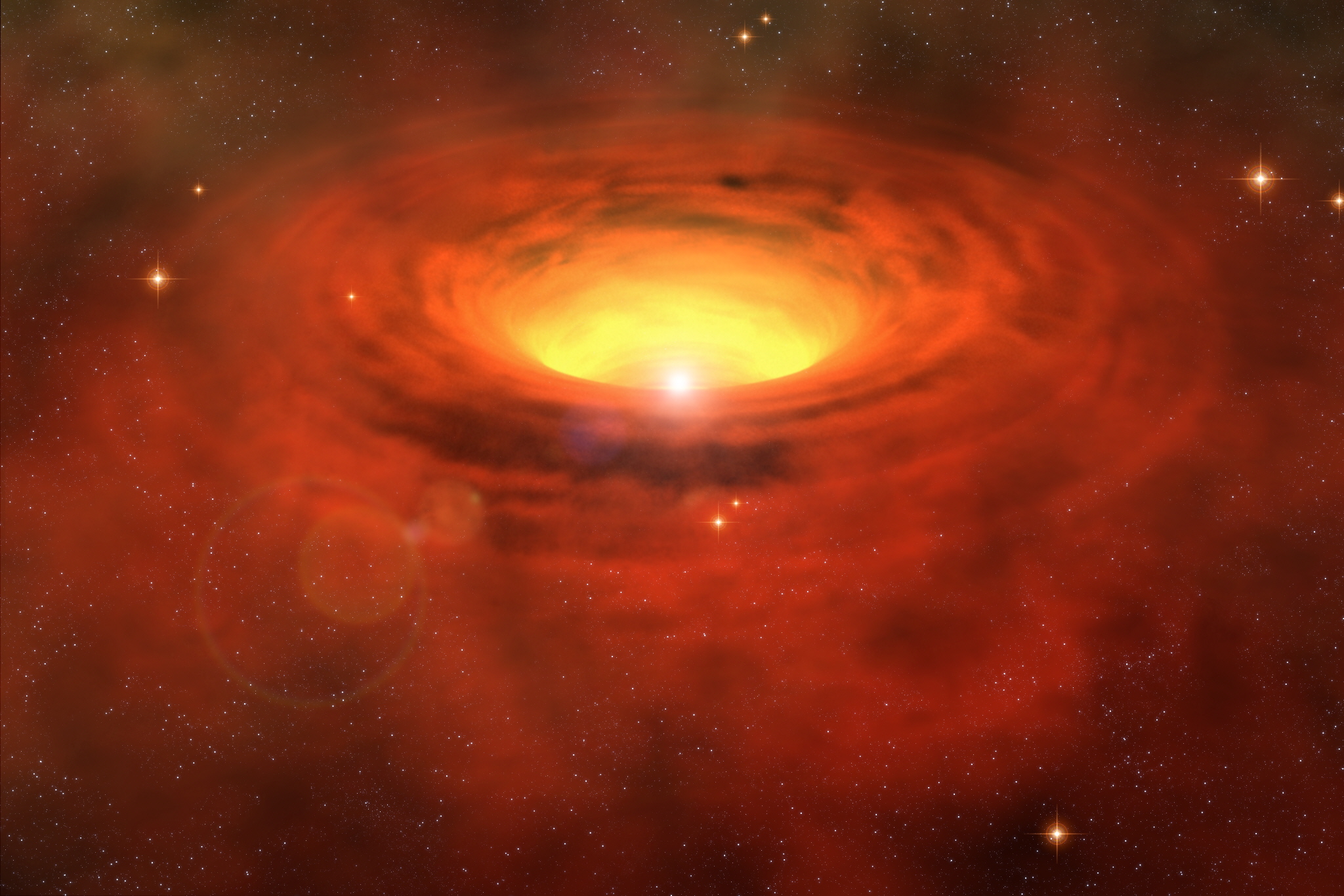
WOH G64 is a red supergiant located in the Large Magellanic Cloud, a satellite galaxy of the Milky Way. It has a radius around 1,540 times that of the Sun. The star’s mass is estimated to be about 25 solar masses. WOH G64 was discovered in the 1970s during studies of stars in the Magellanic Clouds. Its distance from Earth and enormous size make it one of the most intriguing stars in its galaxy.
HR 5171 A
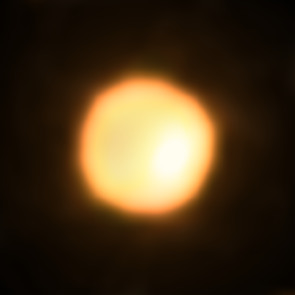
HR 5171 A is a yellow hypergiant located in the constellation Centaurus. It has a radius about 1,300 times that of the Sun, making it one of the largest known stars. The star’s mass is estimated to be around 40 solar masses. HR 5171 A was first cataloged in the early 20th century and has drawn interest due to its unusual yellow hypergiant classification, which is quite rare. The star also has a binary companion that closely orbits it, which adds complexity to its already unstable structure.
NML Cygni
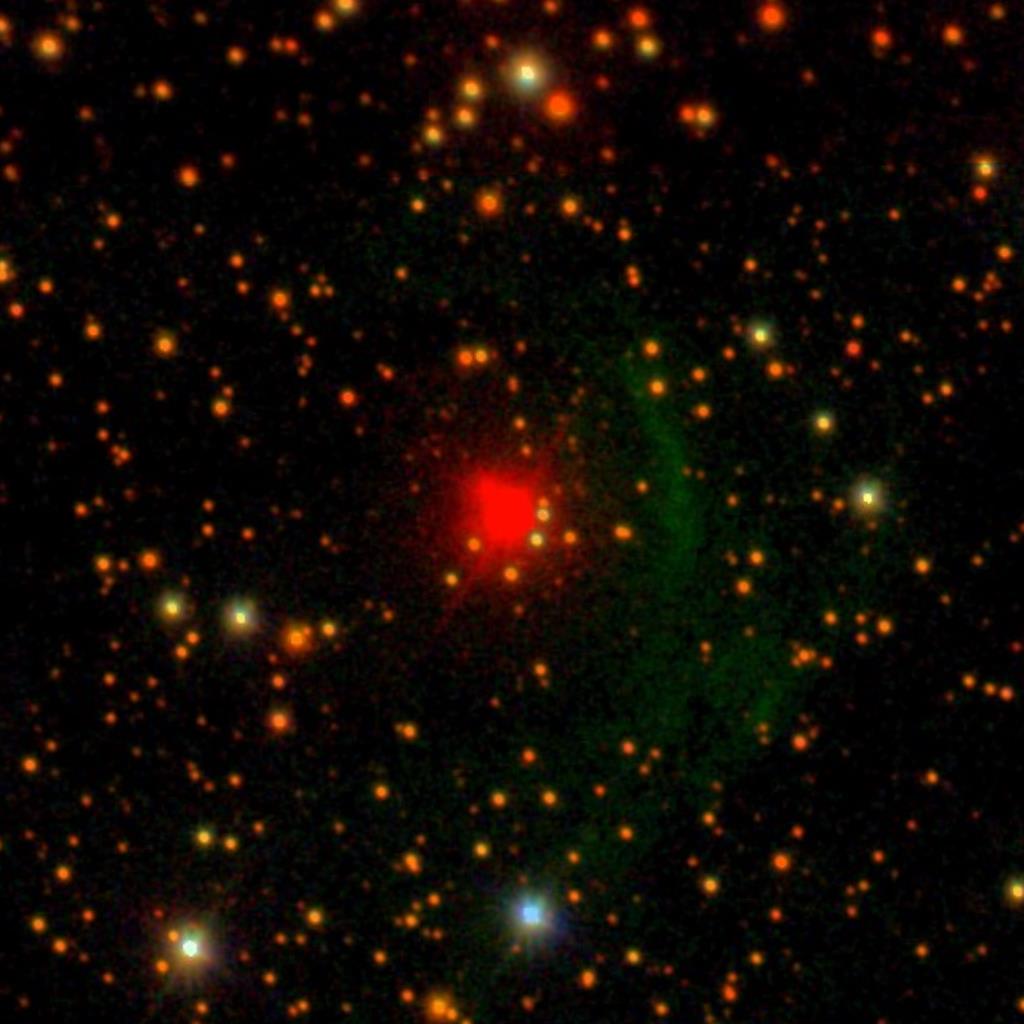
NML Cygni is a red hypergiant located in the constellation Cygnus. Its radius measures roughly 1,640 times that of the Sun. The star’s mass is estimated to be around 25 to 40 solar masses. It was discovered in the 1960s during studies of the Cygnus region. NML Cygni is one of the most luminous and massive stars known, and its significant mass loss through stellar winds makes it an object of interest in studies on stellar evolution.
This article originally appeared on Rarest.org.
More from Rarest.org
8 Discontinued Home Appliances Now Seen as Collectible Treasures

Some home appliances that were once considered cutting-edge have since been discontinued, but they’ve gained a second life as prized collectibles. Read More.
15 Endangered Rainforest Creatures Struggling to Survive
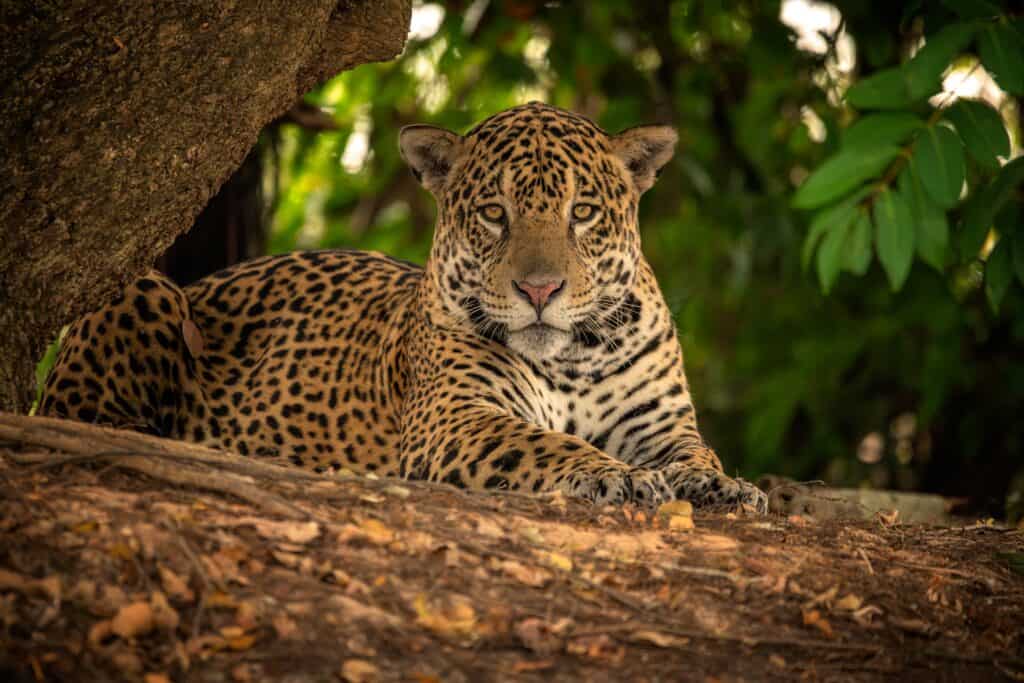
Rainforests are home to some of the most unique and endangered species on Earth, but many of these creatures are struggling to survive due to habitat destruction, illegal hunting, and climate change. Read More.
22 Unusual Amphibians on the Brink of Extinction

Amphibians are some of the most fascinating and fragile creatures on Earth. Their unique ability to live both on land and in water makes them crucial to our ecosystems. Read More.
